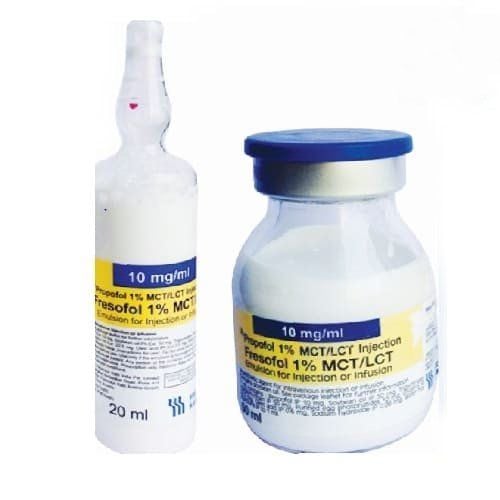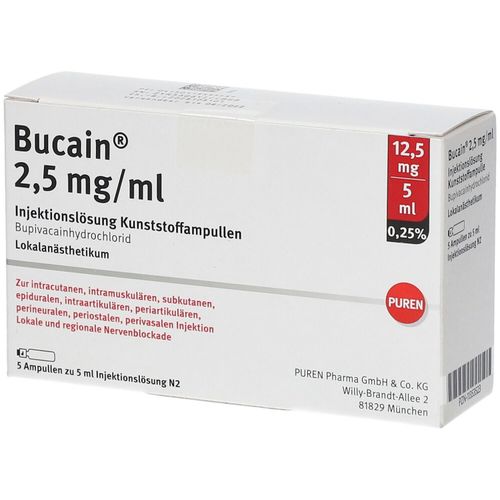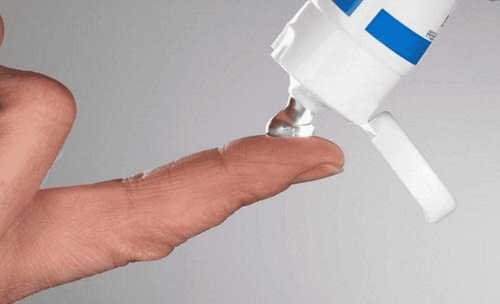This is an automatically translated article.
The article is professionally consulted by Master, Doctor Ta Quang Hung - Department of General Surgery - Vinmec International General Hospital Da Nang. The doctor has more than 10 years of experience in teaching and practicing in the field of Anesthesia.Anesthesia is an anesthetic method widely indicated in both internal medicine and surgery, from simple to complex surgeries. So when does the patient need anesthesia and what is the procedure like?
1. What is anesthesia?
What is anesthesia? Anesthesia is a method of using local anesthetics to temporarily inhibit the transmission of nerve impulses to reduce pain sensation in a certain area of the body. Compared with general anesthesia, the anesthetic method has a number of advantages such as:Helps to limit complications and side effects of anesthesia, especially on the cardiovascular and respiratory systems. Helps reduce pain after surgery: The analgesic effect of local anesthetics can last for many hours after surgery. While with general anesthesia, right after waking up the patient feels discomfort and pain. Another advantage of anesthesia is that the patient is awake during surgery. This creates favorable conditions for the doctor to monitor the patient at the time of surgery.
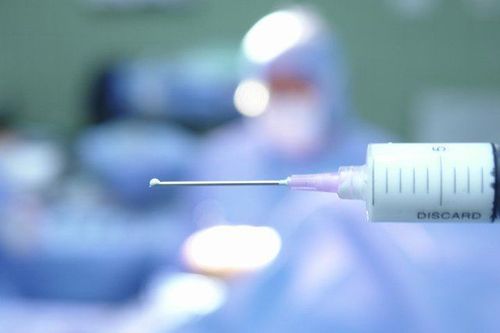
2. When is anesthesia needed?
Anesthesia is an anesthetic method widely indicated in clinical practice, both in medicine and surgery. Anesthesia is divided into two types, local anesthesia and regional anesthesia.When is anesthesia needed? Different types of anesthesia are indicated in different cases.
2.1. Local anesthetic
Local anesthetics act directly on the terminal branches of the peripheral nerves. This method includes:Surface anesthesia: commonly used in oral, eye, ENT surgery. Before performing surgery, the doctor will use medicine to spray and drip onto the mucosal surface. Absorbent anesthesia: applied to the case of abscess incision, superficial surgery, small surgery... In which, anesthetic will be injected in layers of organization before the procedure. Cryotherapy: spray anesthetic drugs that evaporate quickly on the surface of the skin, often used in the incision of abscesses.
2.2.Regional anesthesia
The doctor uses anesthetics that act directly on the nerve pathways to reduce pain sensation in that nerve area. Regional anesthesia includes many different methods such as:Brachial plexus anesthesia: indicated in surgical interventions in the upper extremities from shoulder to hand. Epidural Anesthesia: lower limb surgery, perineal surgery, pain relief for women giving birth vaginally or by caesarean section,... Spinal anesthesia: used in orthopedic surgery from the pelvic region lower extremities, urological surgery, obstetrics and gynecology, abdominal surgery,...
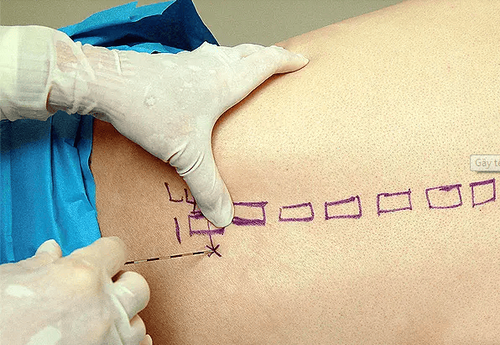
3. What is the anesthetic procedure like?
Before giving anesthesia, the doctor will explain to the patient the purpose and steps of the anesthetic procedure so that the patient can cooperate. You should tell your doctor what medications you are taking, especially important if you're taking anticoagulants. Patients should not eat or drink for at least 6 hours before surgery, do not drink alcohol in the area 24 hours before receiving anesthesia or sedation.The anesthetic procedure is as follows: The patient will begin to lose sensation in the area to be treated within a few minutes after the anesthetic is injected. Anesthesia relieves pain, but the patient can still feel pressure and movement in the surgical area during surgery. Your doctor may use sedatives to help you calm down and relax. Depending on the type of sedative used, the person may feel drowsy.
After surgery, the patient will temporarily lose the feeling that the bladder is full, thus having difficulty urinating. Your doctor will temporarily place a urinary catheter to drain urine. This is a common occurrence during epidural or spinal anaesthesia. It may take a few hours for the area to be numbed to return to feeling.
When giving anesthesia, the patient may experience some complications such as allergies to the anesthetic, bleeding, nerve damage, side effects due to the anesthetic being absorbed into the blood,... However, in general, it causes pain. Anesthesia is a fairly safe procedure, complications are rare.

Please dial HOTLINE for more information or register for an appointment HERE. Download MyVinmec app to make appointments faster and to manage your bookings easily.






